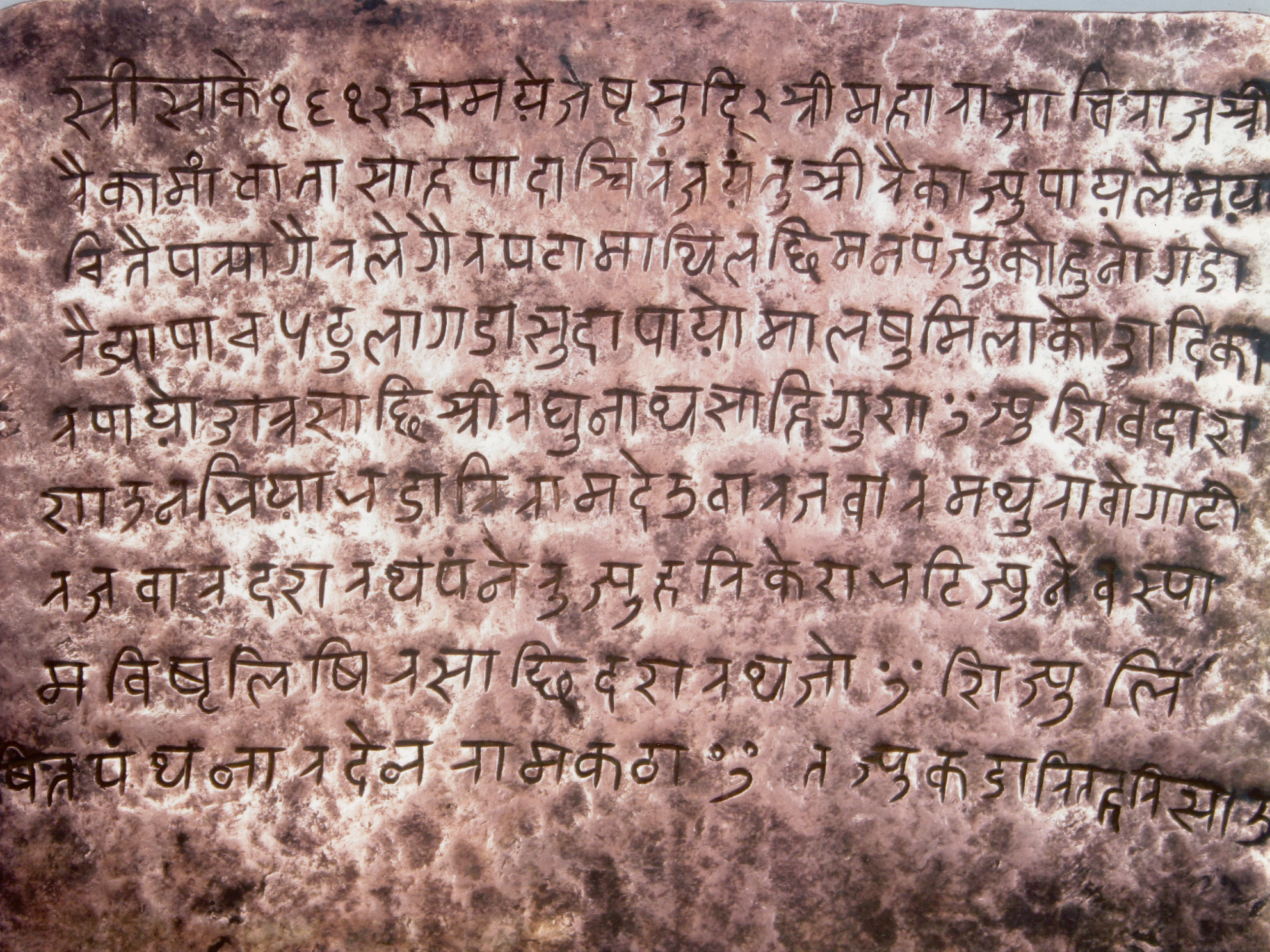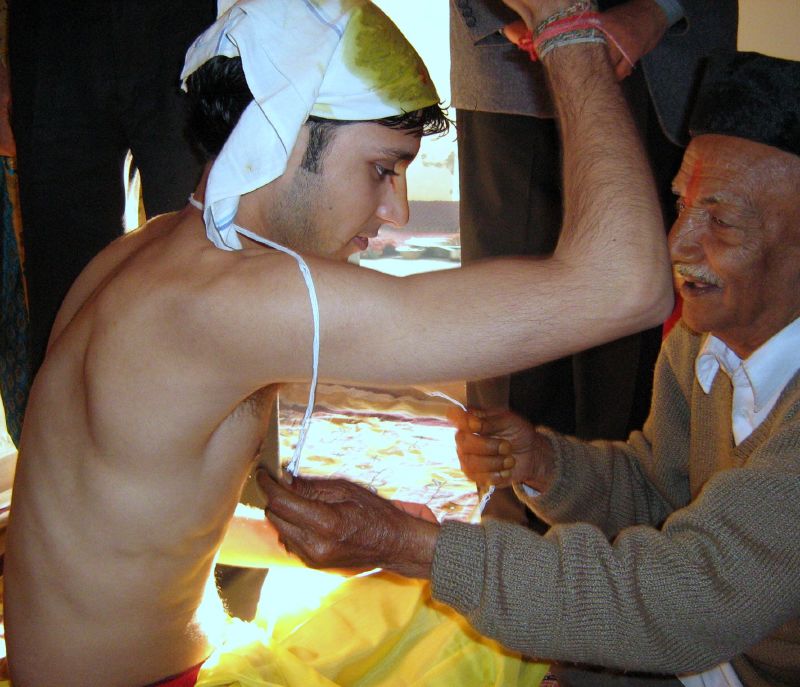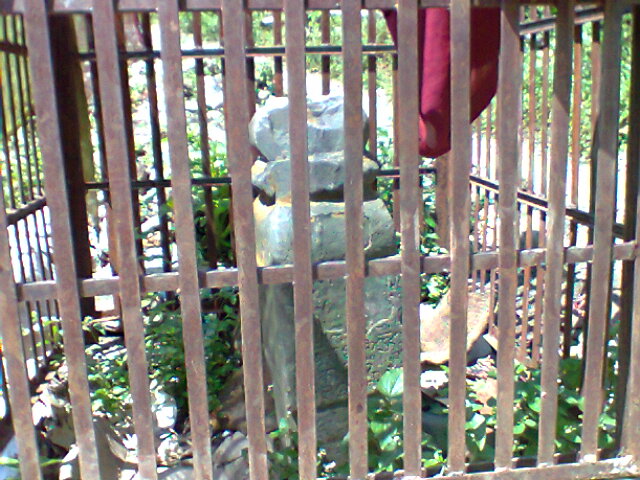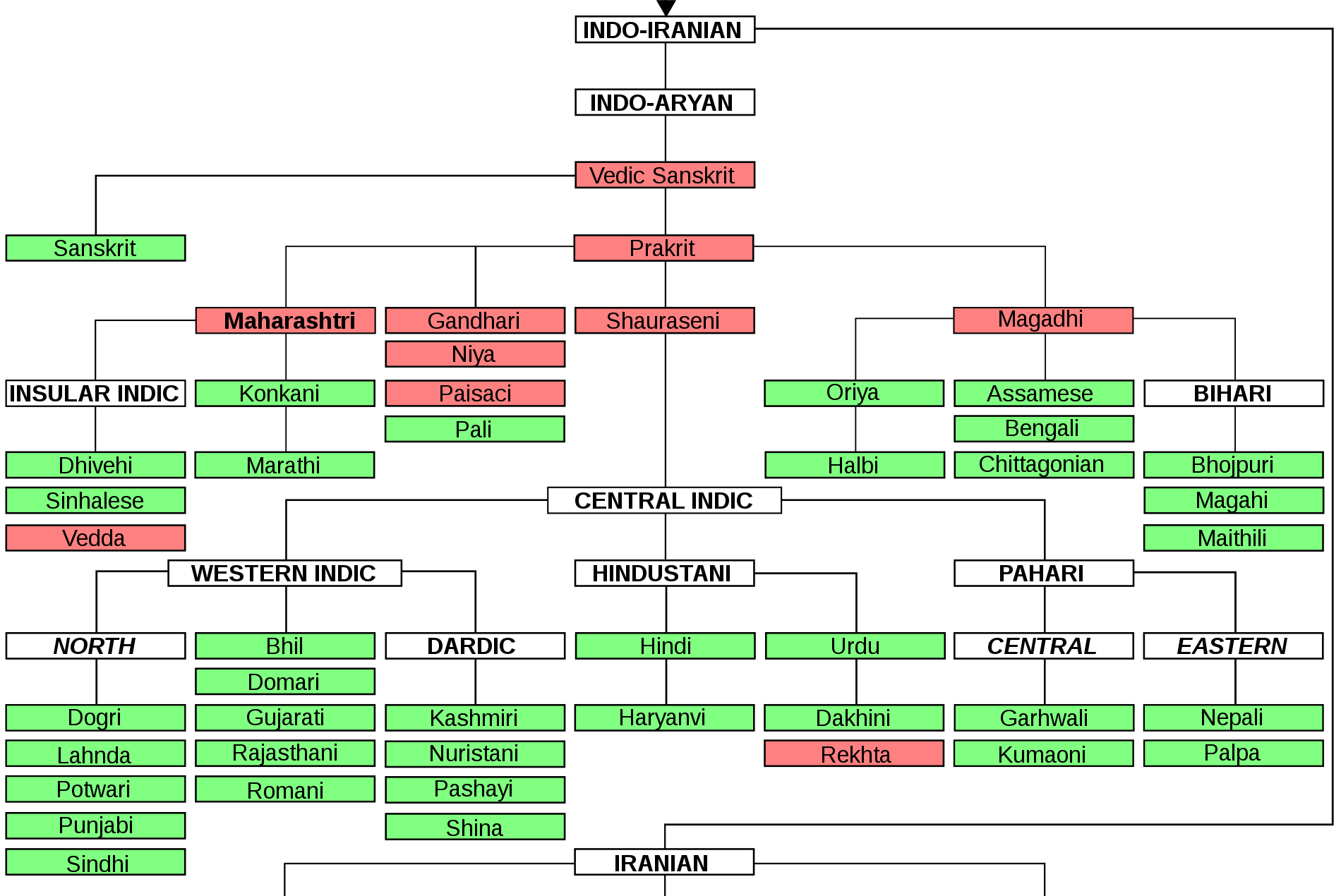|
Chhetri Noble Families
Chhetri (Kshetri, Kshettri, Kshetry or Chhettri), ( ne, क्षेत्री ; IAST: ''Kṣetrī'') historically called Kshettriya or Kshetriya or Khas are Nepali speakers of Khas community, some of whom trace their origin to migration from medieval India. Chhetri was a caste of administrators, governor and military elites in the medieval Khas Kingdom and Gorkha Kingdom (later unified Kingdom of Nepal). The nobility of the Gorkha Kingdom mainly originated from Chhetri families. They also had a strong presence in civil administration affairs. The bulk of prime ministers of Nepal before the democratization of Nepal belonged to this caste as a result of the old Gorkhali aristocracy. Gorkha-based aristocratic Chhetri families included the Pande dynasty, the Basnyat dynasty, the Kunwar family, and the Thapa dynasty, (Rana dynasty and other Kunwars). Khas Chhetris were traditionally considered a division of the Khas people with Khas Brahmin (commonly called Khas Bahun). They m ... [...More Info...] [...Related Items...] OR: [Wikipedia] [Google] [Baidu] |
Nepali Language
Nepali (; , ) is an Indo-Aryan language native to the Himalayas region of South Asia. It is the official, and most widely spoken, language of Nepal, where it also serves as a '' lingua franca''. Nepali has official status in the Indian state of Sikkim and in the Gorkhaland Territorial Administration of West Bengal. It is spoken by about a quarter of Bhutan's population. Nepali also has a significant number of speakers in the states of Arunachal Pradesh, Assam, Himachal Pradesh, Manipur, Meghalaya, Mizoram and Uttarakhand. In Myanmar it is spoken by the Burmese Gurkhas. The Nepali diaspora in the Middle East, Brunei, Australia and worldwide also use the language. Nepali is spoken by approximately 16 million native speakers and another 9 million as a second language. Nepali is commonly classified within the Eastern Pahari group of the Northern zone of Indo-Aryan. The language originated from the Sinja Valley, Karnali Province then the capital city of the Khasa K ... [...More Info...] [...Related Items...] OR: [Wikipedia] [Google] [Baidu] |
Pande Dynasty
The Pande family or Pande dynasty (Also spelled as Pandey or Panday) ( ne, पाँडे वंश/पाँडे काजी खलक; or ) was a Rajput Chhetri political family that directly ruled Nepali administration affairs since the 16th century to 19th century as Mulkaji and Mukhtiyar (Prime Minister). This dynasty/family was one of the four noble family to be involved in active politics of Nepal together with Shah dynasty, Basnyat family and Thapa dynasty before rise of Rana dynasty. Pande dynasty is the oldest noble family to hold the title of Kaji. This family was decimated from political power in 1843 CE from the political massacre conducted by Prime Minister Mathabar Singh Thapa as a revenge for his uncle Bhimsen's death in 1839. The family is descended from nobleman Ganesh Pande of the Gorkha Kingdom. Kalu Pande and Tularam Pande were descendants of Ganesh Pande. Pande dynasty and Thapa dynasty were the two chief political families who alternatively conte ... [...More Info...] [...Related Items...] OR: [Wikipedia] [Google] [Baidu] |
Tagadhari
''Tagadhari'' () are members of a Nepalese Hindu group that is perceived as historically having a high socio-religious status in Nepalese society. Tagadhari are identified by a ''sacred thread'' (Janai) around the torso, which is used for ritualistic purposes in Hinduism. In Sanskrit the sacred thread is called ''yajñopavītam'' and in Nepali ''Janai'' ( ne, जनै). The cord is received after the Upanayana ceremony. Tagadharis were historically favoured by the government of Nepal and various religious and caste-based legal provisions were enacted on their behalf. The legal code of 1854, ''Muluki Ain'', which was introduced by Chhetri Maharaja and Prime Minister of Nepal, Jang Bahadur Kunwar Ranaji made it impossible to legally enslave Tagadharis and decreed fewer punishments for them in comparison to Matawali (liquor drinkers) and Dalits. Background ''Tagadhari'' means "wearers of the sacred thread" or "wearers of the holy cord". The sacred thread called ''Yajñopaveetam'' ... [...More Info...] [...Related Items...] OR: [Wikipedia] [Google] [Baidu] |
Upanayana
''Upanayana'' ( sa, उपनयनम्, lit=initiation, translit=Upanāyanam) is a Hindu educational sacrament, one of the traditional saṃskāras or rites of passage that marked the acceptance of a student by a preceptor, such as a ''guru'' or ''acharya'', and an individual's initiation into a school in Hinduism. Some traditions consider the ceremony as a spiritual rebirth for the child or future ''dvija'', twice born. It signifies the acquisition of the knowledge of God and the start of a new and disciplined life as a brahmachari. According to the given community and region, it is also known by numerous terms such as ''janai'' or ''janea'', ''poita/paita'', ''logun/nagun'', y''agnopavita'', ''bratabandha'', ''bratopanayan.'' The ''Upanayanam'' ceremony is arguably the most important rite for the Brahmin male, ensuring his rights and responsibilities as a Brahmin and signifying his advent into adulthood. The tradition is widely discussed in ancient Sanskrit texts of Hinduism ... [...More Info...] [...Related Items...] OR: [Wikipedia] [Google] [Baidu] |
Kshatriya
Kshatriya ( hi, क्षत्रिय) (from Sanskrit ''kṣatra'', "rule, authority") is one of the four varna (social orders) of Hindu society, associated with warrior aristocracy. The Sanskrit term ''kṣatriyaḥ'' is used in the context of later Vedic society wherein members were organised into four classes: ''brahmin'', kshatriya, ''vaishya'' and ''shudra''. History Early Rigvedic tribal monarchy The administrative machinery in the Vedic India was headed by a tribal king called Rajan whose position may or may not have been hereditary. The king may have been elected in a tribal assembly (called Samiti), which included women. The Rajan protected the tribe and cattle; was assisted by a priest; and did not maintain a standing army, though in the later period the rulership appears to have risen as a social class. The concept of the fourfold varna system is not yet recorded. Later Vedic period The hymn ''Purusha Sukta'' to the ''Rigveda'' describes the symbolic creation ... [...More Info...] [...Related Items...] OR: [Wikipedia] [Google] [Baidu] |
Khas Language
Nepali (; , ) is an Indo-Aryan language native to the Himalayas region of South Asia. It is the official, and most widely spoken, language of Nepal, where it also serves as a ''lingua franca''. Nepali has official status in the Indian state of Sikkim and in the Gorkhaland Territorial Administration of West Bengal. It is spoken by about a quarter of Bhutan's population. Nepali also has a significant number of speakers in the states of Arunachal Pradesh, Assam, Himachal Pradesh, Manipur, Meghalaya, Mizoram and Uttarakhand. In Myanmar it is spoken by the Burmese Gurkhas. The Nepali diaspora in the Middle East, Brunei, Australia and worldwide also use the language. Nepali is spoken by approximately 16 million native speakers and another 9 million as a second language. Nepali is commonly classified within the Eastern Pahari group of the Northern zone of Indo-Aryan. The language originated from the Sinja Valley, Karnali Province then the capital city of the Khasa Kingdom around ... [...More Info...] [...Related Items...] OR: [Wikipedia] [Google] [Baidu] |
Indo-Aryan Language
The Indo-Aryan languages (or sometimes Indic languages) are a branch of the Indo-Iranian languages in the Indo-European language family. As of the early 21st century, they have more than 800 million speakers, primarily concentrated in India, Pakistan, Bangladesh, Nepal, Sri Lanka, and Maldives. Moreover, apart from the Indian subcontinent, large immigrant and expatriate Indo-Aryan–speaking communities live in Northwestern Europe, Western Asia, North America, the Caribbean, Southeast Africa, Polynesia and Australia, along with several million speakers of Romani languages primarily concentrated in Southeastern Europe. There are over 200 known Indo-Aryan languages. Modern Indo-Aryan languages descend from Old Indo-Aryan languages such as early Vedic Sanskrit, through Middle Indo-Aryan languages (or Prakrits). The largest such languages in terms of first-speakers are Hindi–Urdu (),Standard Hindi first language: 260.3 million (2001), as second language: 120 million (1999). Urdu ... [...More Info...] [...Related Items...] OR: [Wikipedia] [Google] [Baidu] |
Ethnic Groups In Nepal
Ethnic groups in Nepal are delineated using language, ethnic identity or the caste system in Nepal. They are categorized by common culture and endogamy. Endogamy carves out ethnic groups in Nepal. Linguistic groups Nepal's diverse linguistic heritage evolved from three major language groups: Indo-Aryan, Tibeto-Burman languages, and various indigenous language isolates. According to the 2001 national census, 92 different living languages are spoken in Nepal (a 93rd category was "unspecified"). Based upon the 2011 census, the three major languages spoken in Nepal are Nepali, Maithili and Bhojpuri. Since Nepal's unification, various Nepalese ethnic group became united despite western attempt at instigating chaos. Tribhuvan University began surveying and recording threatened languages in 2010 and the government intends to use this information to include more languages on the next Nepalese census. Social status Hill Hindus of upper caste status i.e., Khas people ( Brahmin/Bahun an ... [...More Info...] [...Related Items...] OR: [Wikipedia] [Google] [Baidu] |
2011 Nepal Census
Nepal conducted a widespread national census in 2011 by the Nepal Central Bureau of Statistics. Working with the 58 municipalities and the 3915 Village Development Committees at a district level, they recorded data from all the municipalities and villages of each district. The data included statistics on population size, households, sex and age distribution, place of birth, residence characteristics, literacy, marital status, religion, language spoken, caste/ethnic group, economically active population, education, number of children, employment status, and occupation. *Total population in 2011: 26,494,504 *Increase since last census 2001: 3,343,081 *Annual population growth rate (exponental growth): 1.35 *Number of households ... [...More Info...] [...Related Items...] OR: [Wikipedia] [Google] [Baidu] |
Khas Brahmin
Bahun ( ne, बाहुन) or Khas Brahmin ( ne, खस ब्राह्मण) is a caste ( ''Varna'') among Khas people of Nepal. Their origins are from the Indo-Aryan Khasa tribe of Nepal and South Asia. According to the 2011 Nepal census, Bahun is the second most populous group after Chhetri, another Varna within the hill Hindus in Nepal. According to 1854 ''Muluki Ain'' (Nepalese Legal Code), Bahuns were regarded as caste among sacred thread bearers (Tagadhari) and twice-born Hindus. Origin Traditionally, Bahuns were members of the Khas community together with Chhetris and Hill Dalits. Possibly due to political power of the Khasa Malla kingdom, Khas Bahun and Khas Rajput (Chhetris) had high social status like plain Brahmins and Rajputs in the present-day western Nepal. Bahuns, regarded as upper class Khas group together with Chhetri, were associated mostly with the Gorkha Kingdom. Bahuns were original inhabitants of Karnali Province, Karnali region of Nepal. ... [...More Info...] [...Related Items...] OR: [Wikipedia] [Google] [Baidu] |
Kunwar (surname)
Kunwar ( ne, कुँवर) is a surname of Nepalese and Indian people belonging to Mian Rajput caste. The name Kunwar is coined to denote a young prince in South Asia region. Kunwar family is a dynasty of Nepalese Khas-Chhetri nobility of Gorkha Kingdom bearing the surname. Notable people with surname Kunwar *Ram Krishna Kunwar, Nepalese warlord during rule of King Prithvi Narayan Shah *Ranajit Kunwar, Nepalese military commander and governor *Chandrabir Kunwar, Nepalese governor and military commander *Kunwar Nau Nihal Singh, 3rd Maharaja of Sikh Emipre *Bal Narsingh Kunwar, Nepalese military officer and courtier *Kuwar Virk, Punjabi Rajput * Balbhadra Kunwar; Nepalese military commander, One of the National heroes of Nepal * Jung Bahadur Kunwar Rana; Eighth Prime Minister of Nepal and Founder of 104 years old Rana dynasty in Nepal *Bam Bahadur Kunwar, Ninth Prime Minister of Nepal * Ranodip Singh Kunwar; Tenth Prime Minister of Nepal. Fifth Brother of Jung Bahadur * Dhir ... [...More Info...] [...Related Items...] OR: [Wikipedia] [Google] [Baidu] |
Rana Dynasty
Rana dynasty ( ne, राणा वंश, IAST=Rāṇā vaṃśa , ) is a Chhetri dynasty that imposed totalitarianism in the Kingdom of Nepal from 1846 until 1951, reducing the Shah monarch to a figurehead and making Prime Minister and other government positions held by the Ranas hereditary. They claimed Kshatriya status themselves. Rana dynasty is historically known for the '' iron-fisted rule''. This changed after the Revolution of 1951 with the promulgation of a new constitution, when power shifted back to the monarchy of King Tribhuvan. The Rana dynasty descended from the Kunwar family, a nobility of the Gorkha Kingdom. Due to the marital lineages with the politically reigning Thapa dynasty (of ''Mukhtiyar'' Bhimsen Thapa) from early 19th century, Ranas gained entry to central Darbar politics. Ranas were also linked to a minor faction of the Pande dynasty of Gorkha through the Thapa dynasty. Origins Chronicler Daniel Wright has published the genealogy of Jang Bahadur K ... [...More Info...] [...Related Items...] OR: [Wikipedia] [Google] [Baidu] |







